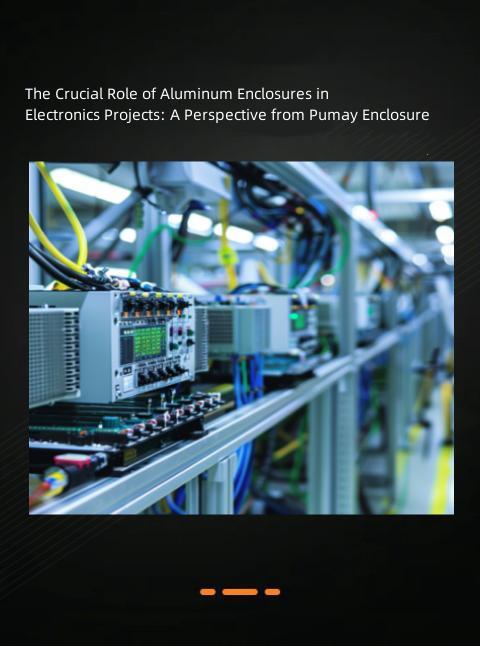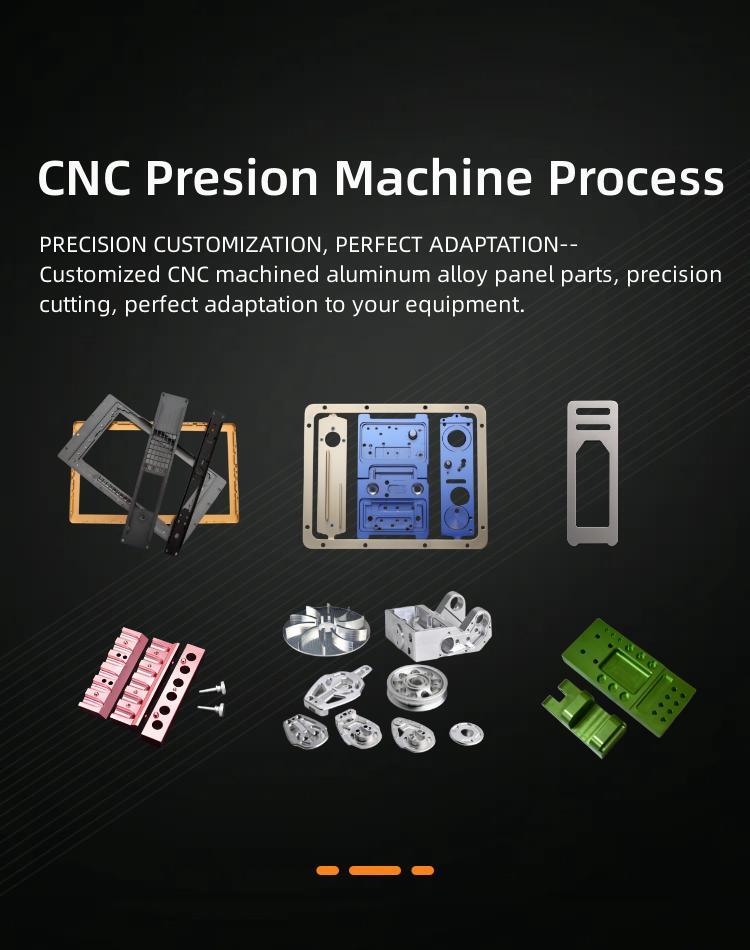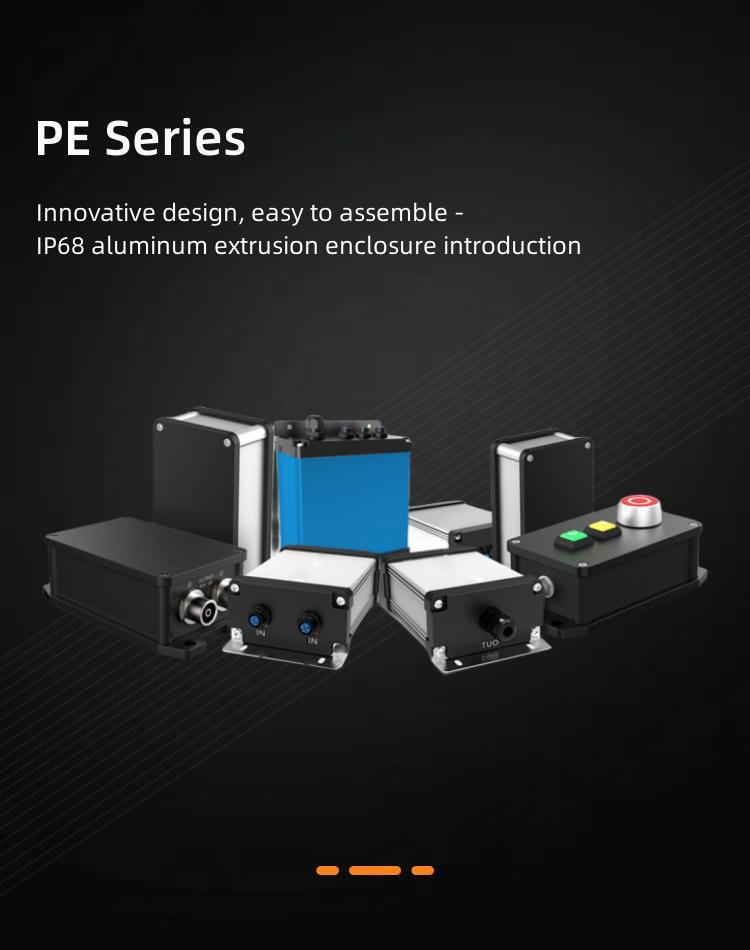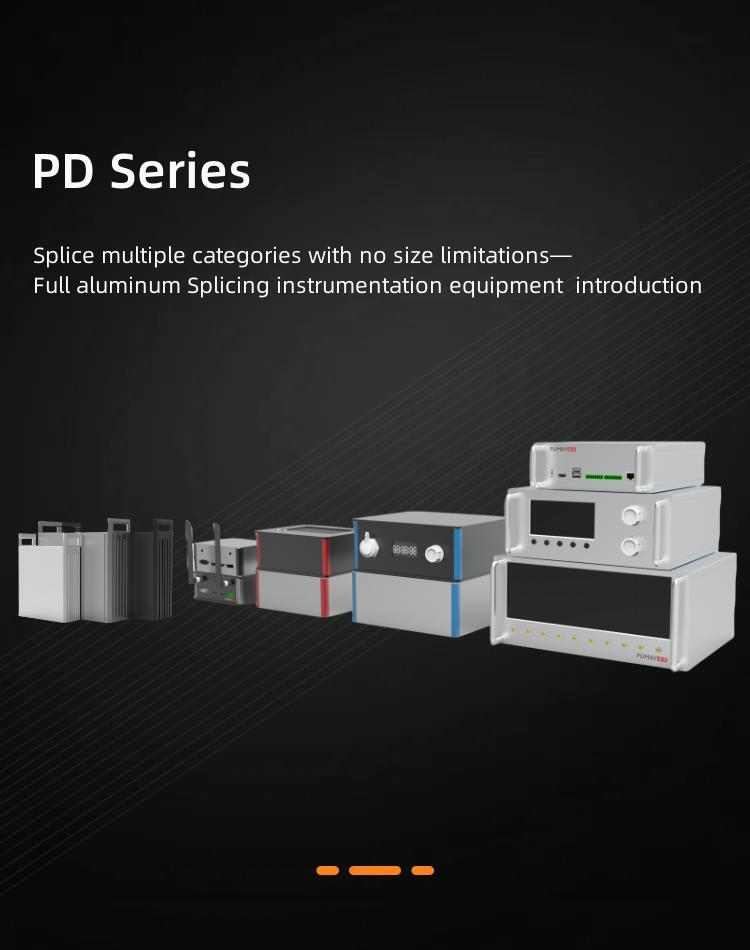
Today, let’s talk about CNC machining.
Electronics enclosure machining is focuses on creating enclosures for electronic devices. Here are some applications of machining in electronics enclosure manufacturing:
1、Cutting and shaping: Machining can cut and shape various materials, such as metal, plastic, or composite materials, to create the desired enclosure shape. This includes creating openings for buttons, displays, connectors, and ventilation devices.
2、Drilling and tapping: Machining can drill holes of different sizes and depths on the enclosure for installing components, cable entry, or ventilation. Tapping can also be used to create threaded holes for screws or fasteners.
3、Milling and engraving: Machining can perform milling operations to create complex features and contours on the enclosure surface. Engraving can be done to add labels, logos, or instructions to the enclosure.
In terms of process tolerance, machining can achieve high precision and strict tolerances in electronics enclosure manufacturing. Pumei Aluminum currently has 6 sets of CNC milling centers. The tolerance is generally ± 0.1 mm.
However, CNC machining offers advantages in efficiently and accurately completing complex machining tasks, and can be automated to improve production efficiency. However, the disadvantages include higher equipment costs, higher operational requirements, and a certain level of technical skill required for operators. The role of machining in electronics enclosure manufacturing has certain limitations:
1、Limited material selection: Machining is suitable for various materials, but extremely hard or brittle materials may pose challenges or be impractical for machines.
2、Size limitations: Machining is best suited for small to medium-sized enclosures. Very large enclosures may require alternative manufacturing methods, such as sheet metal fabrication.
3、Complex geometries: While machining can produce complex features, extremely complex shapes or internal structures may be better suited for other manufacturing techniques, such as injection molding.
4、Cost considerations: Machining is cost-effective for small-scale production or prototyping, but for large-scale production, it may become less economical due to the time and labor-intensive nature of the machining process.
How to reduce machining costs?
Here are some strategies you can implement:
1、Design optimization: Ensure that the design of the part or component is optimized for efficient machining. Simplify geometric shapes, reduce the number of features, and eliminate unnecessary tolerances. This will reduce machining time and material waste.
2、Material selection: Choose economically viable materials that meet the requirements. Some materials may be expensive for machines, so consider alternatives that can provide similar performance at lower costs.
3、Reduce setup time: Reduce the time required for machine setup by improving the organization of tools and fixtures. Implement standardized work holding solutions and invest in quick-change fixture systems to simplify the setup process.
4、Optimize cutting parameters: Optimize cutting parameters such as cutting speed, feed rate, and cutting depth. Use high-performance tools and coatings to improve tool life and reduce machining time.
5、Batch production: If possible, batch produce similar parts together to benefit from economies of scale. This reduces setup time and allows for more efficient use of materials and machine time.
6、Outsourcing: Consider outsourcing certain machining operations to suppliers with lower labor and equipment costs. This is particularly beneficial for complex or machining processes.
7、Continuous improvement: Implement a culture of continuous improvement, without compromising product quality, to identify and eliminate waste in the machining process. Encourage employees to suggest cost-saving ideas and regularly review and optimize machining processes.

 The Crucial Role of Aluminum Enclosures in Electronics Projects: A Perspective from Pumay Enclosure
The Crucial Role of Aluminum Enclosures in Electronics Projects: A Perspective from Pumay Enclosure
 Intelligent Aluminum Processing, Efficient Production, Unlimited Creation! -ALuminum CNC Machine Process
Intelligent Aluminum Processing, Efficient Production, Unlimited Creation! -ALuminum CNC Machine Process
 Dive into Excellence with IP68 Aluminum Profile Waterproof Enclosure
Dive into Excellence with IP68 Aluminum Profile Waterproof Enclosure
 Equipment housings, not just appearance! Assembled Aluminum Profile Instrument and Equipment Enclosures
Equipment housings, not just appearance! Assembled Aluminum Profile Instrument and Equipment Enclosures